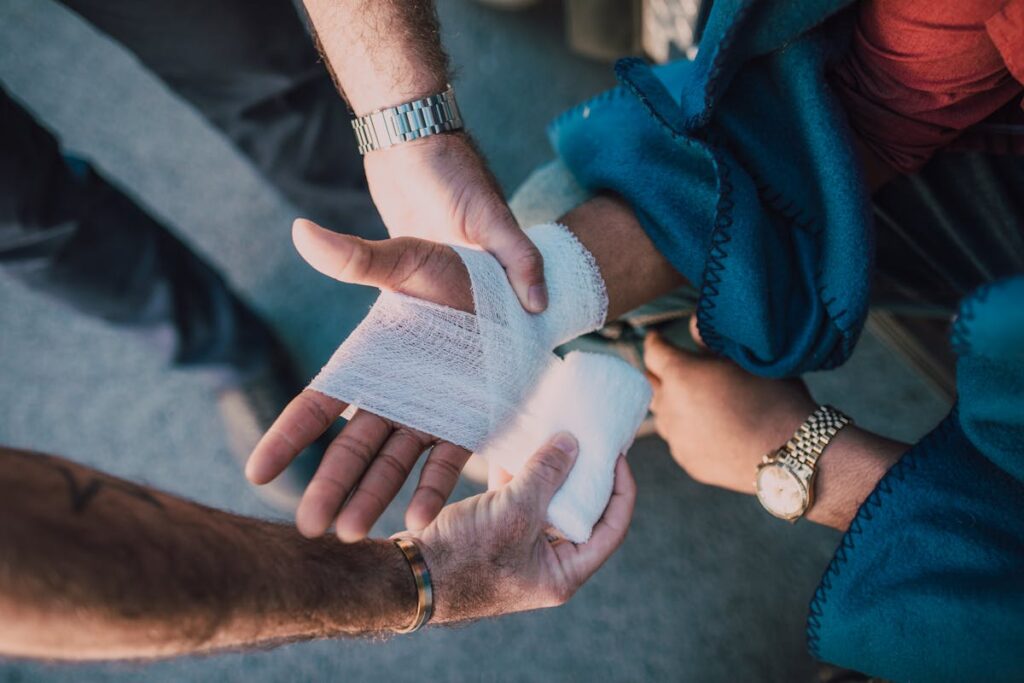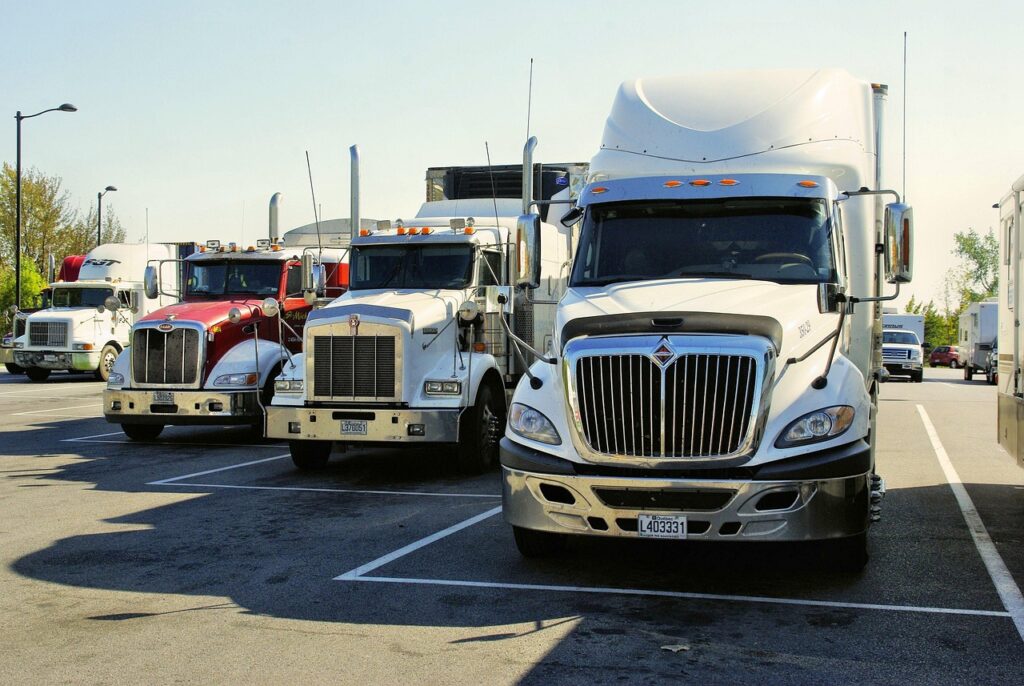In the unfortunate event of a truck accident in California, an individual’s response greatly determines the outcome of the consequent legal and medical processes. Understanding the four essential steps to follow can certainly influence the aftermath in your favor. Let us dissect these steps to better equip ourselves with the knowledge and action plan necessary to navigate such a traumatic experience effectively.
Prioritize Immediate Safety Measures
When a truck accident unfolds, the first order of business is to prioritize immediate safety measures. These safety protocols are designed to prevent further harm and to create a safe environment for all involved parties. This includes moving away from the site of the accident, if possible, to avoid secondary collisions and other potential hazards.
One of the most important safety measures is to call emergency services to guarantee that any injured individuals receive immediate medical attention. Even if you believe you are unharmed, it is critical to get a medical assessment, as some injuries may not be immediately apparent.
Another key aspect of safety protocols is the implementation of accident prevention strategies. These may include setting up warning signs or flares, particularly at night or in low visibility conditions, to alert oncoming traffic of the potential danger ahead.
Lastly, it is essential to remain at the scene until law enforcement arrives. Leaving the scene prematurely could lead to legal complications and even criminal charges. Furthermore, staying on site ensures that you can provide an accurate account of the incident to the authorities, thereby aiding in the subsequent accident investigation.
Document the Accident Scene
In the aftermath of a truck accident, meticulously documenting the scene is an essential step. This process involves gathering as much evidence as possible to provide a clear and detailed account of the accident. It is imperative to record all observations, conditions, and damages related to the accident.
Start by taking thorough accident photos. Capture images of the truck, your vehicle, and any other cars involved. Photograph road conditions, traffic signs, and any visible skid marks. Pay attention to vehicle damage, personal injuries, or any property damage. These images can provide irrefutable evidence of the accident scene’s state at the time of the incident.
Simultaneously, gather witness statements. Witnesses can provide an unbiased account of the accident, which may support your claim. Record their names, contact details, and their version of events. Remember, their testimony may be significant in establishing liability.

Seek Medical Attention Immediately
After diligently documenting the accident scene, it’s essential that you attend to your health and safety. Even if you feel fine, there may be underlying injuries that aren’t immediately apparent. For this reason, seeking medical attention without delay is important after a truck accident.
A thorough medical evaluation can identify both visible injuries and those that might not be immediately evident, such as internal bleeding or concussions. In the flurry of emotions following a truck accident, shock and adrenaline can mask pain and symptoms, creating a false sense of well-being. Consequently, it’s important not to dismiss any discomfort or irregularities you might feel.
An accurate injury assessment by a medical professional not only safeguards your well-being but also serves as a fundamental piece of evidence if you decide to pursue a personal injury claim. Your doctor’s report will provide a detailed account of your injuries, treatment, and prognosis, which can greatly impact the outcome of your case.
Consult With a Truck Accident Attorney
Why might consulting with a truck accident attorney be your next crucial step? Truck accidents, particularly in California, often involve complex legal issues and substantial damages. An experienced attorney will provide the essential legal representation needed to navigate these complexities, ensuring your rights are protected throughout the process.
Truck accident attorneys specialize in laws regarding commercial trucks and the companies that operate them. They are well-versed in federal regulations and California state laws governing truck operations, which can have a significant impact on your case.
Moreover, dealing with insurance claims in the aftermath of a truck accident can be overwhelming. Insurance companies are notorious for their attempts to minimize payouts, and without adequate legal representation, victims may find themselves accepting settlements far less than they deserve. A truck accident attorney will negotiate with insurance companies on your behalf, aiming to achieve the best possible outcome for your claim.
Frequently Asked Questions
What if the Trucking Company Denies Liability for the Accident?
In cases where the trucking company denies liability, it is crucial to engage in liability disputes and insurance negotiations. Legal counsel is advised to guarantee fair representation and to navigate complex trucking regulations effectively.
Will My Insurance Rates Increase After a Truck Accident?
Yes, insurance rates may increase after a truck accident. Changes to your insurance policy depend on the terms of your agreement and the specifics of accident claims, including fault determination and claim frequency.
How Long Does It Typically Take to Settle a Truck Accident Claim in California?
The claim duration for settling a truck accident in California varies greatly, typically ranging from a few months to several years. The timeline is influenced by settlement factors such as case complexity and negotiation processes.
What if I Was Partially at Fault for the Truck Accident?
In California, the principle of comparative negligence applies. This means your compensation may be reduced proportionately to your fault in the accident. Fault determination is essential in establishing the extent of your liability.
What Kind of Compensation Can I Expect From a Truck Accident Claim?
Truck accident compensation varies based on case specifics, including damages and liability. It may cover medical expenses, lost wages, and pain suffering. The actual amount is often determined through settlement negotiation with the at-fault party’s insurer.

